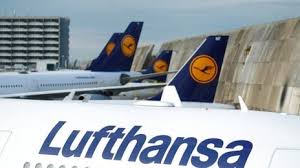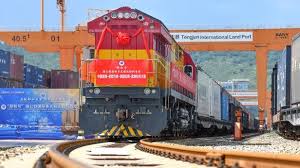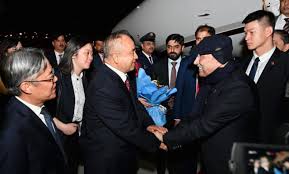Lufthansa’s risky Italy bet hinges on Rome airport expansion

Rome: Lufthansa’s long-promised turnaround of Italy’s ITA Airways, crucial to help revive the German airline’s fortunes, is interlinked with Rome airport Fiumicino’s ability to implement an ambitious expansion plan.
Struggling with high costs and prolonged delays in Boeing plane deliveries, Lufthansa CEO Carsten Spohr said on Oct. 1 that investing in further international growth – which includes the agreed purchase of a 41 per cent stake in Alitalia successor ITA – would help to revamp the hard-hit Cologne-based carrier.
Yet, ITA’s prospects are closely tied to those of Rome’s main airport. Fiumicino is still waiting for clearance from Italian airport regulator ENAC to double its capacity to 100 million passengers annually by building a third terminal and more runway space.
“One of the reasons that further pushed us to invest in ITA Airways was the quality of Fiumicino. It is one of the few airports in Europe that has capacity for growth, both in terms of terminals and runways,” Spohr, who sees the airport as a gateway to Africa and Latin America, said in July.
Aeroporti di Roma (ADR) is owned by infrastructure group Mundys, controlled by the Italian Benetton family and equity firm Blackstone. The airport manager submitted in 2021 an 8-billion-euro development plan for Fiumicino to ENAC, which is still assessing it.
Some sector analysts are however questioning Lufthansa’s focus on Fiumicino: “They have identified Rome as a hub for Latin America. But ITA is not as ideally positioned as (Portugal’s) TAP or (Spain’s) Air Europa,” said Ruxandra Haradau-Doser from HSBC.
ENAC did not respond to a request to comment on the approval process, while ADR declined to comment on this same issue.
A Lufthansa spokesperson said the success of ITA was not only dependent on the success of the Roman airport, but also on that of the Milan catchment area, in Italy’s north.
Federico Maria Alberto Caligaris, an equity partner at advisory firm CDI Global, says the focus on Fiumicino makes sense while Lufthansa has difficulties at growing its other hubs.
Andrea Giuricin, CEO of transport advisory firm TRA Consulting, predicted the airport, which welcomed over 40 million passengers in 2023, would exceed next year the 50 million threshold and grow further thanks to strong intercontinental and tourist traffic towards Italy’s capital.
The airport’s lean business model is also attractive: last year, operating costs amounted to 60 per cent of 2023 revenue against around 74 per cent in Frankfurt, according to calculations.
The cost per passenger a carrier must pay when a medium-range aircraft accesses a main European airport is between 30 per cent and 90 per cent higher than at Fiumicino, Giuricin said.
“On intercontinental flights, Fiumicino is also cheaper: Frankfurt costs almost double and in general the fees are between 35 per cent and 75 per cent higher,” he said.
Fiumicino, where travellers can view statues and paintings from the ancient Roman times in a corridor leading to a new boarding area opened in 2022, won last year Europe’s best airport award from industry body the Airports Council International.
Yet, travellers feel more could be done to expand it and improve train connections with Rome, which is some 30 km away.
“The airport is good and beautiful but I’d expect a bigger one for a city like Rome,” said Brazilian tourist Felipe Paiva as he walked past the Temple of Hadrian in central Rome. “And transport to the city can definitely be improved.”
Lufthansa’s inability to control Fiumicino’s expansion add a layer of complication to its bet on ITA, whose predecessor Alitalia faced multiple bankruptcies.
Spiralling labour costs have forced the German airline to issue two profit warnings this year, with analysts and investors warning that Spohr’s ITA investment was not a silver bullet.
“The plan sounds plausible and rational at first glance, but there are implementation risks,” said Ingo Speich, head of sustainability and corporate investment at Deka Investment, which owns Lufthansa shares.
Some analysts also stress that while Rome is a hub for inbound leisure traffic, the capital isn’t the most natural destination for core business travellers.
Italy’s main airport hub “should really be in Milan, which is where the money is, where the power is, but it’s not where the politics is,” said aviation analyst James Halstead.
A source in the government of Prime Minister Giorgia Meloni, who declined to be named, said the right-wing coalition had no objection to further growth at Fiumicino.
The source added Milan’s main airport, Malpensa, had a fairly diversified portfolio of carriers and would retain its role even if Fiumicino expanded, but added its proximity to Lufthansa’s main German hubs of Frankfurt and Munich could undermine it in the future.
“Rome is not actually a very good hub for the rest of Europe,” said Halstead. “There may be some opportunities down into South America, because of the appeal to the (Italian) diaspora in Argentina and Brazil, but it’s a bit out of the way to attract traffic.”





